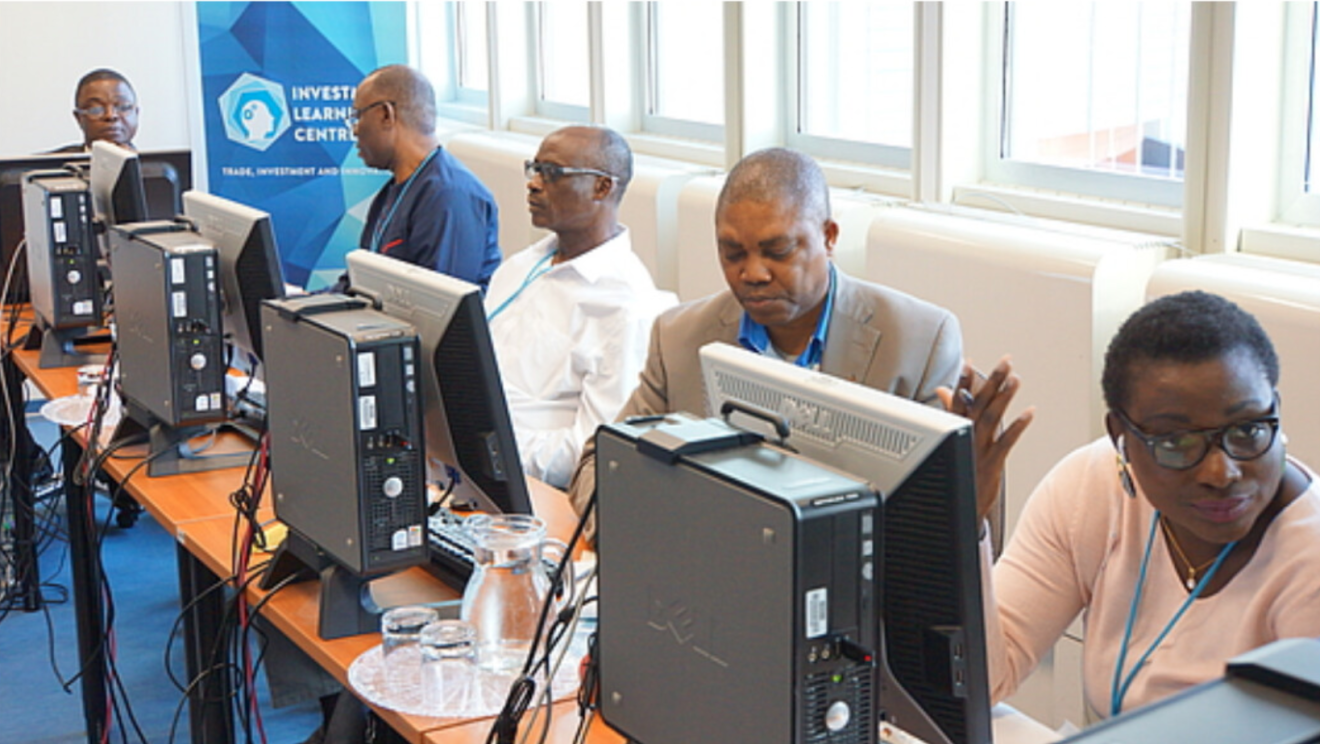

Feasibility studies and analysis for sound investment
12 February 2021 UNIDO

Developing and developed countries alike need properly prepared feasibility studies for taking sound investment decisions. In response to the growing interest in this issue, in 1978, UNIDO published the Manual for the Preparation of Industrial Feasibility Studies. Such was the demand that the Manual was published in 18 languages and the methodological approach it detailed was applied throughout the world. Many developing countries standardized their project planning in line with the UNIDO approach. Consulting firms, industrial enterprises, banks and investment promotion agencies in developed countries also introduced the UNIDO procedure or adapted it to their own requirements.
During the 1980s, there was a great change in the general economic situation, with high foreign debts, low raw-material prices and a widespread shortage of foreign exchange, making it difficult for developing countries to secure fresh investment resources. In addition, it had become clear that major projects begun in the 1970s had very often failed to generate the cash flow necessary to service the debt and finance new investment in expansion, modernization, rehabilitation and other projects. A shortage of international capital and foreign exchange earnings, combined with a low level of national savings, have created a need for more efficient project planning and for project design with a strategic orientation, on the basis of an integrated financial and economic analysis.

Therefore, in 1991, UNIDO published a revised and expanded edition, which was adapted to the needs of contemporary investment consultancy. The following new topics featured prominently: the strategic orientation of business planning as a basis for the preparation of investment projects; and the inclusion of environmental impact assessment in the selection of the project location, sites and technologies. The manual provided valuable information on subjects such as market research, raw materials, engineering and technology, financial analysis and investment appraisal and was fully compatible with UNIDO’s Computer Model for Feasibility Analysis and Reporting (COMFAR) software.
First developed in 1983, COMFAR was UNIDO’s first interactive appraisal tool. In 1995, an online version was produced (COMFAR III), intended as a complement to the 1991 Manual, and it was upgraded annually. The resilience of COMFAR in particular is evident from the fact that, although it carried a licence fee for all users, demand remained buoyant as ever. For example, in the two-year period 2008-09, UNIDO sold 1,750 licences, more than in any previous biennium. Even in the twenty-first century, COMFAR remained attractive particularly for financial analysis.
A recent evaluation said: “COMFAR is a tool that correctly calculates financial results, based on a certain input following standard financial practices, and the model has been continuously updated to make it applicable in different business contexts. The newest version gives the users a large range of possibilities and it does it in 19 different languages.” While there are certainly more sophisticated systems on the market, COMFAR is used to help in the preparation of projects in investor-friendly terms and in analyzing and understanding investment proposals. Its particular strength would seem to be as an aide to training and capacity-building in financial analysis, and by 2012 it had been integrated into more than 200 of UNIDO’s technical assistance projects. Click here for information about COMFAR and UNIDO’s Investment Learning Centre.